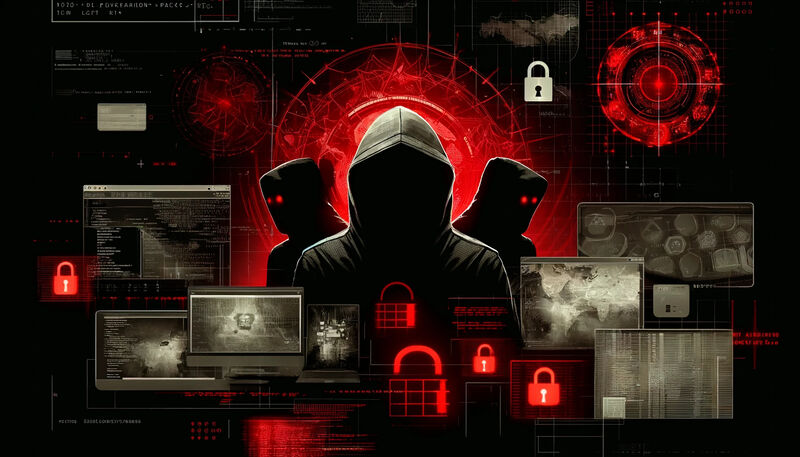Unveiling The Lazarus Group: North Korea's Infamous Cyber Espionage Architects

The Lazarus Group, a shadowy collective shrouded in mystery and intrigue, has earned notoriety as one of the most formidable cyber espionage teams in the world. Backed by North Korea, this elusive group operates under various aliases including the Guardians of Peace and the Whois Team. Their sophisticated cyber attacks have targeted financial institutions, government agencies, and major corporations across the globe, stirring international concern and prompting urgent calls for enhanced cybersecurity measures.
Origins and Operations
The Lazarus Group's activities can be traced back to as early as 2009, with their operations growing in both scope and sophistication over the years. Believed to be operated by the North Korean government, this group has been implicated in numerous high-profile cyberattacks, including the infamous Sony Pictures hack in 2014, which was carried out under the guise of the Guardians of Peace.
The Lazarus Group employs a range of advanced techniques to infiltrate their targets, from spear-phishing campaigns and malware to system exploits and wiper attacks. Their capability to execute a blend of espionage, cyber warfare, and financial theft operations illustrates their dual objectives: to gather intelligence and generate revenue for the North Korean regime.
Notable Attacks
One of the most audacious acts credited to The Lazarus Group was the attempted theft of $1 billion from the Bangladesh Central Bank in 2016, where they successfully siphoned off $81 million. This incident not only highlighted their financial motivations but also their growing boldness in executing complex cyber heists.
Global Impact and Response
The international community has reacted with increasing alarm to the activities of The Lazarus Group. Sanctions and defensive measures have been ramped up in response to their attacks, with the United States and the United Nations leading efforts to curb their operations. Despite these actions, The Lazarus Group remains a persistent threat, continuously evolving their strategies to bypass cybersecurity defenses.
Conclusion
The Lazarus Group's ongoing cyber activities serve as a stark reminder of the persistent threats posed by state-sponsored hacking groups. As they continue to advance their capabilities and expand their targets, the global community must strengthen collaborative defenses and remain vigilant against these evolving cyber threats.

